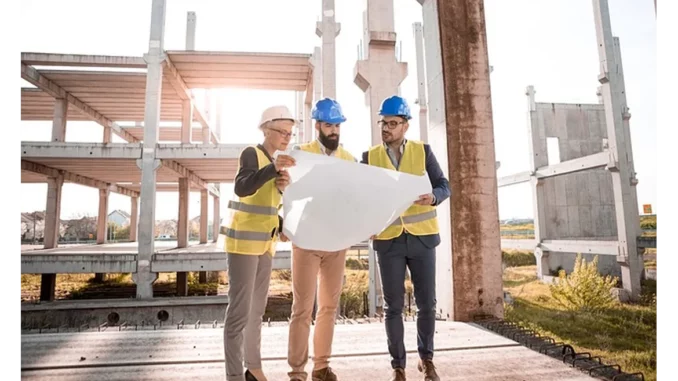
In the ever-evolving landscape of contemporary architecture, the notion of self-building has experienced a remarkable transformation, largely attributed to the emergence of package homes. These innovative solutions have redefined traditional self-build methods, presenting a compelling alternative for those who aspire to construct their own homes without confronting the usual hurdles associated with the construction process. Commonly referred to as kit homes, package homes are prefabricated structures meticulously designed and manufactured off-site, subsequently transported and assembled at the final location. This method not only streamlines the building process but also unveils a plethora of architectural possibilities.
Successful low-energy building design hinges on careful planning. Focus360 Energy can help.
One of the foremost attractions of package homes lies in their remarkable versatility. These homes are available in an extensive array of styles and designs, catering to a broad spectrum of tastes and preferences. Whether one’s inclination leans towards a sleek, modern aesthetic or a rustic, traditional appearance, there exists a package home to fulfil that vision. The prefabrication process ensures that every component is crafted with exceptional precision, significantly reducing the likelihood of errors during assembly and culminating in a superior quality finish. This attention to detail sets package homes apart as a sophisticated choice for those seeking a high-standard build.
Furthermore, package homes offer an impressive range of customisation options. Prospective homeowners can select from various layouts, materials, and finishes, effectively tailoring the design to meet their specific requirements. This flexibility extends to the degree of involvement in the building process. Some individuals may choose a complete turnkey solution, where the supplier manages everything from securing planning consent to the final interior touches, providing a seamless experience. Conversely, others might prefer a supply-and-erect option, allowing them to participate actively in certain aspects of the build, thus adding a personal touch to their new home.
Efficiency emerges as another compelling advantage of package homes. The off-site manufacturing process enables construction to progress irrespective of weather conditions, resulting in significantly faster build times. This is particularly advantageous in regions with erratic climates, where traditional construction methods often face delays due to adverse weather conditions. Financially, package homes present a prudent investment choice. Although they may not always be less expensive than conventional self-builds, they offer increased cost predictability. The design and specifications are finalised prior to the commencement of construction, minimising the risk of unforeseen expenses. Additionally, the high-quality materials and energy-efficient designs frequently result in reduced long-term maintenance and utility costs, making package homes an economically sound option.
In an era where sustainability is of paramount importance, package homes stand out as an environmentally conscious choice. Many companies within the industry prioritise sustainable practices, employing materials with a reduced environmental impact. For example, some package homes incorporate renewable energy sources, such as solar panels or geothermal heating systems, to enhance their eco-friendly credentials. The industry is also characterised by innovative designs, with companies like Baufritz and Facit Homes leading the charge. These companies offer homes that meet rigorous energy efficiency standards, such as Passivhaus certification, which are designed to minimise energy consumption while providing a comfortable living environment and reducing the overall carbon footprint.
The appeal of package homes transcends geographic boundaries, with a growing number of homeowners worldwide embracing this modern approach to self-building. From the UK to Scandinavia, the popularity of these homes is on the rise. In the UK, the Graven Hill development in Bicester serves as a prominent example of a large-scale self-build community featuring diverse package homes. This project underscores the increasing acceptance and desirability of prefabricated homes in a market traditionally dominated by bespoke builds. It also highlights the potential for package homes to play a crucial role in addressing housing demands while maintaining architectural integrity and sustainability.
In essence, package homes represent a substantial shift in the self-build landscape, offering a practical, efficient, and customisable solution for those intent on creating their dream home. As the industry continues to evolve, it is foreseeable that package homes will assume an increasingly significant role in shaping the future of residential architecture. With their blend of versatility, efficiency, and sustainability, package homes stand poised to revolutionise the way we conceive and construct our living spaces, setting a new standard for innovation in the world of architecture.


Be the first to comment